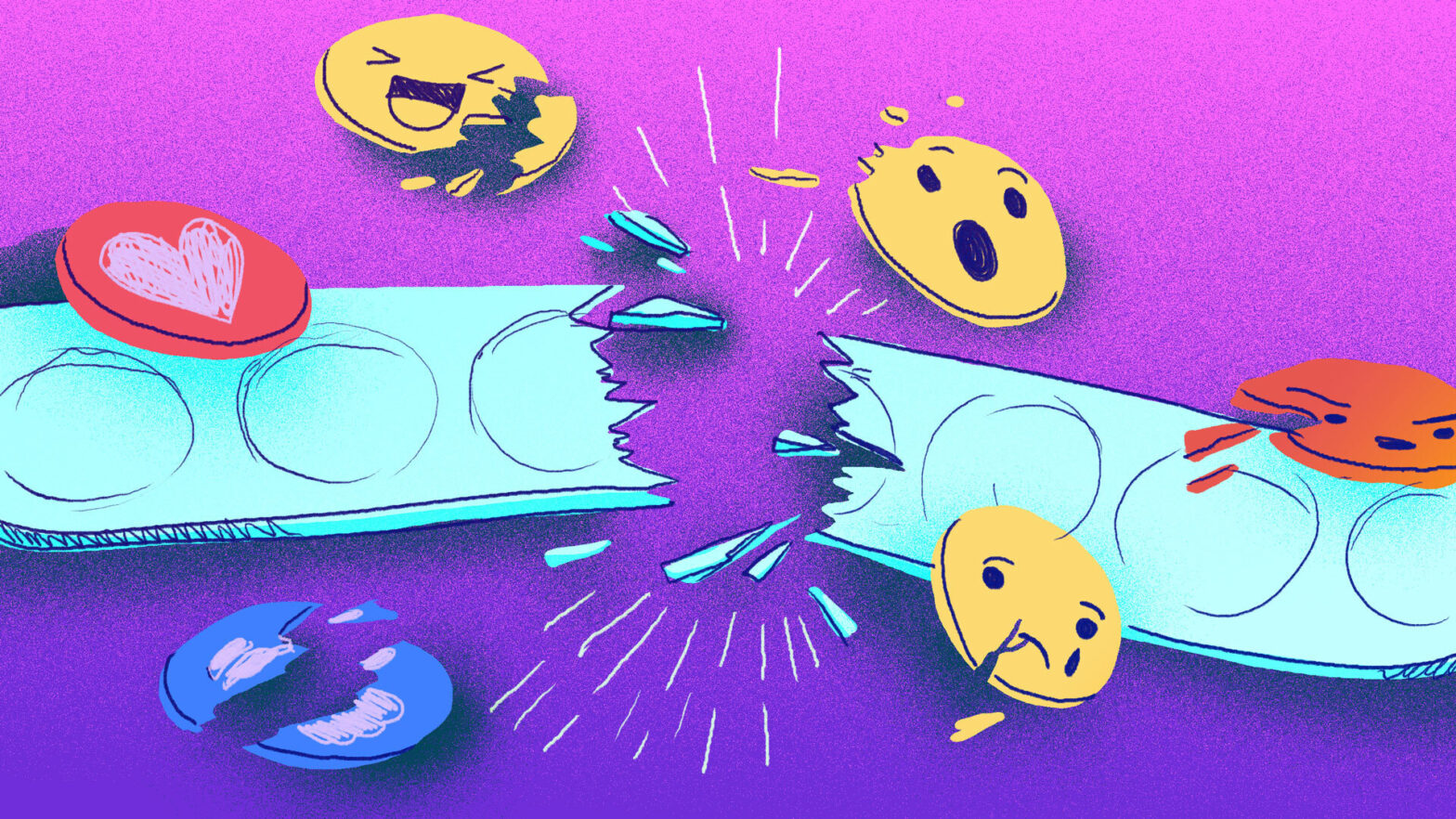My only actual new year’s resolution for 2022 is to finish a Sunday crossword. But there are plenty of positive 2021 experiences I want to lean into more in the new year: petting my cat, eating takeout, going for runs, rewatching Buffy the Vampire Slayer. There are also plenty of 2021 feelings I want to avoid, the ones that give me a pang of anxiety or a rush of dopamine — like when I tweet a story I’ve put work into, or how my brain feels when an Instagram photo does well. Being a culture reporter requires me to be on social media apps. But I’m learning that the less I post on my online feeds, the better time I have offline; my expectations for where I might get attention have shifted. I selected Instagram’s new-for-2021 option to hide like counts — both on my own posts, and all the posts I see in my feed. And yet, as Instagram’s own study found, removing likes doesn’t reduce our misery-making need to feel popular. Other elements of quantified popularity, such as comments and follower counts, are baked into the app (and the company is currently testing one more: private likes on stories). The likes aren’t necessarily the point. When we post publicly, we’re often aware of the chance that our post might go viral, whatever that means to each of us. For one user, it might be getting a dozen comments on a photo; for another, a screenshot of their tweet shared on Facebook. But we know it when we feel it. Social media has created a space in which the number of eyeballs on any piece of content can escalate quickly, finding its way to a meme account, a popular subreddit, a trending hashtag. The question is, what does that
Mashable https://mashable.com/article/viral-social-media-brainNew Years Events & Info
